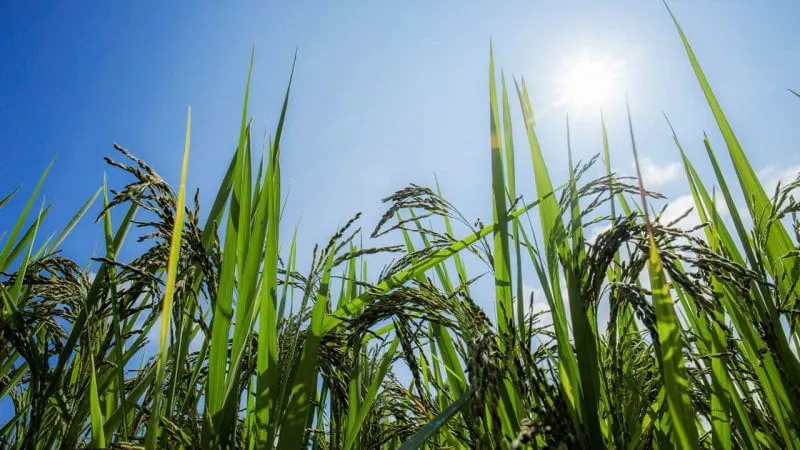Viewpoint: Can we adequately feed 10 billion people by 2050? Dutch scientists say yes, but the key is genetic engineering breakthroughs
Viewpoint: Can we adequately feed 10 billion people by 2050? Dutch scientists say yes, but the key is genetic engineering breakthroughs


The goal is to produce twice as much food using half the land and half the inputs. These changes are needed to feed 10 billion people by 2050, while simultaneously addressing the climate emergency.
Scientists and technological entrepreneurs in The Netherlands have shown this is possible. The Netherlands is a small country with a cool climate and 1350 inhabitants per square mile. Nevertheless, it has become the world’s top exporter of potatoes, onions and tomatoes and the second largest exporter of vegetables.
…
Outdoor farmers have doubled their potato yields using precision agricultural techniques, including drone surveillance and autonomous tractors. Greenhouse lettuce farmers produce on one acre as much as 10 outdoor acres while requiring 90% less water and 95% fewer chemicals.
This productivity of Dutch farmers is made possible by combining advanced plant breeding techniques with the best traditional, organic, regenerative and greenhouse farming methods.
The transient reprogramming of crops during the growing season constitutes another breakthrough technology… RNAs delivered by using… sprays will enable farmers to increase their yields by altering time of flowering, fruit ripening or drought tolerance in response to changes in local weather.
Read the original post

 | Videos | More... |

Video: Nuclear energy will destroy us? Global warming is an existential threat? Chemicals are massacring bees? Donate to the Green Industrial Complex!
 | Bees & Pollinators | More... |

GLP podcast: Science journalism is a mess. Here’s how to fix it

Mosquito massacre: Can we safely tackle malaria with a CRISPR gene drive?

Are we facing an ‘Insect Apocalypse’ caused by ‘intensive, industrial’ farming and agricultural chemicals? The media say yes; Science says ‘no’
 | Infographics | More... |

Infographic: Global regulatory and health research agencies on whether glyphosate causes cancer
 | GMO FAQs | More... |

Why is there controversy over GMO foods but not GMO drugs?

How are GMOs labeled around the world?

How does genetic engineering differ from conventional breeding?
 | GLP Profiles | More... |

Alex Jones: Right-wing conspiracy theorist stokes fear of GMOs, pesticides to sell ‘health supplements’




 Trust issues: What happens when therapists use ChatGPT?
Trust issues: What happens when therapists use ChatGPT? Fighting deforestation with CO2: Biotechnology breakthrough creates sustainable palm oil alternative for cosmetics
Fighting deforestation with CO2: Biotechnology breakthrough creates sustainable palm oil alternative for cosmetics Viewpoint — Fact checking MAHA mythmakers: How wellness influencers and RFK, Jr. undermine American science and health
Viewpoint — Fact checking MAHA mythmakers: How wellness influencers and RFK, Jr. undermine American science and health Viewpoint: Video — Big Solar is gobbling up productive agricultural land and hurting farmers yet providing little energy or sustainabilty gains
Viewpoint: Video — Big Solar is gobbling up productive agricultural land and hurting farmers yet providing little energy or sustainabilty gains California, Washington, Oregon forge immunization alliance to safeguard vaccine access against federal undermining
California, Washington, Oregon forge immunization alliance to safeguard vaccine access against federal undermining 30-year-old tomato line shows genetic resistance to devastating virus
30-year-old tomato line shows genetic resistance to devastating virus The free-range chicken dilemma: Better for birds, but with substantial costs
The free-range chicken dilemma: Better for birds, but with substantial costs ‘You have to treat the brain first’: Rethinking chronic pain with Sanjay Gupta
‘You have to treat the brain first’: Rethinking chronic pain with Sanjay Gupta
